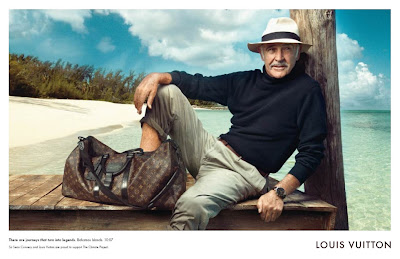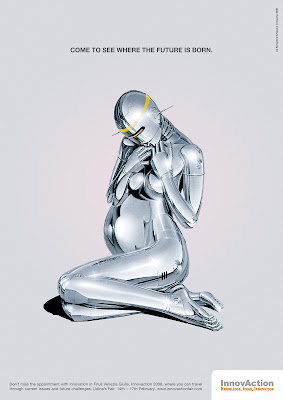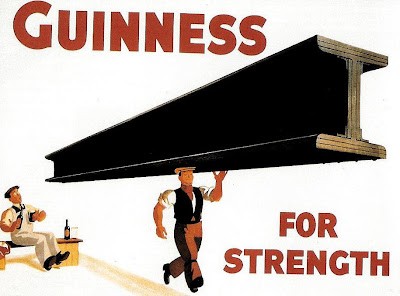In "A book about the classic Avis advertising campaign of the 60s," (yes, that's really the title), the author details not only the beginnings of the "When you're #2, you try harder" Avis philosophy (first presented in the ad at left), but also its decline. As a competitive strategy, it probably seemed bulletproof to some; after all, when you're not challenging the market leader for the #1 position, how much of a response should they really make? Conventional marketing wisdom says that when you dominate the marketplace as Hertz did, acknowledging the competition only enhances their status. And for over four years, Avis used their ads to both raise their image and indirectly undermine the perceptions of Hertz (never even mentioning Hertz by name), without a real counterattack. That, however, changed in 1967, when Hertz switched agencies to Carl Alley, Inc., a shop as revered for its creative approach to advertising as Avis' agency, Doyle Dane Ber...






















